Ensuring that your house is secure includes checking if there's a gap between your siding and foundation. Having a gap between them will put you and your home at risk by exposing you to pests, cold drafts, water damage, dirt, and dust. So, what do you do if you notice there's a gap between your siding and foundation? Let's find out.
Here's what you can do to seal off the gap between your siding and foundation:
- Clean the siding and concrete and brush off the dirt on the gap.
- Cover the gap with a backer rod.
- Seal the gap using a caulk gun.
- Check for smaller gaps and seal those you spot.
- Leave the sealant to dry.
Regardless of how small the gaps may be, it's important to seal them immediately since it's cheaper and easier compared to the risk you'll put your house at if you leave the gap unsealed. If the gap is small, you can do it yourself, but you may need help from a professional if the gap is a little larger. Keep reading below to learn more about how to keep your house secure.
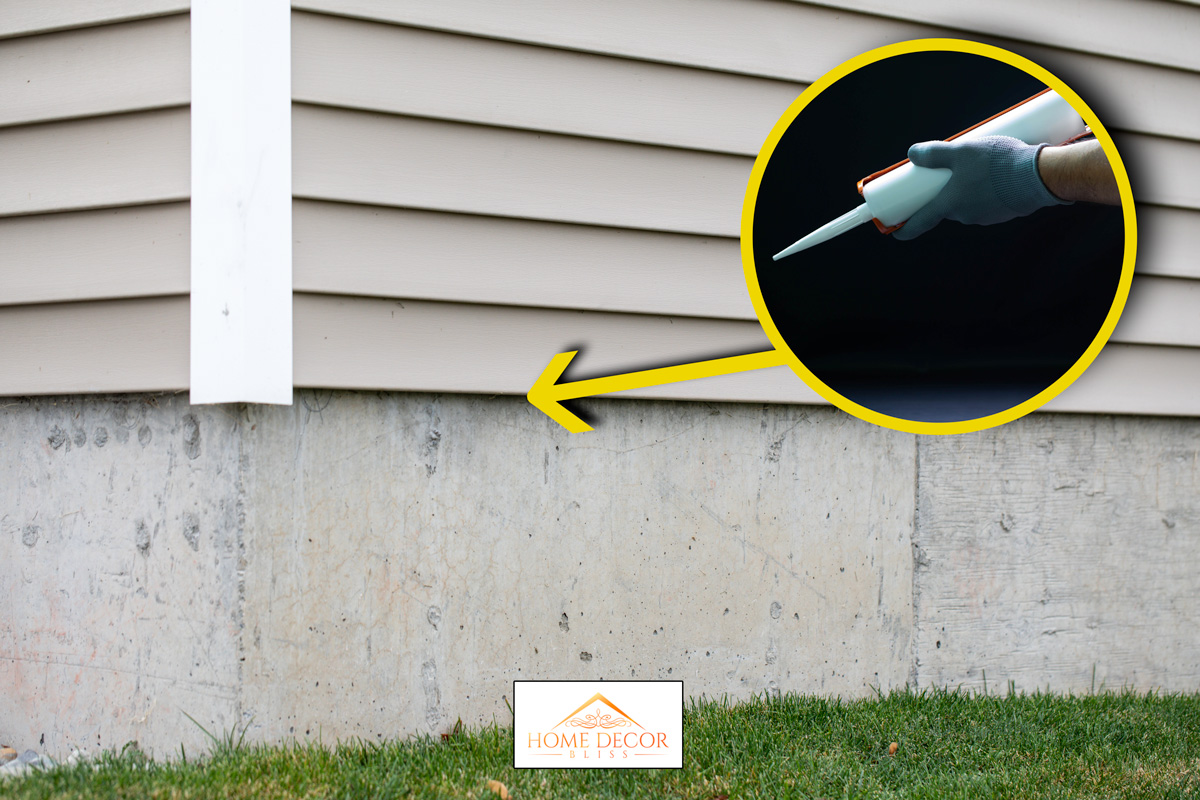
How to Seal Siding and Foundation
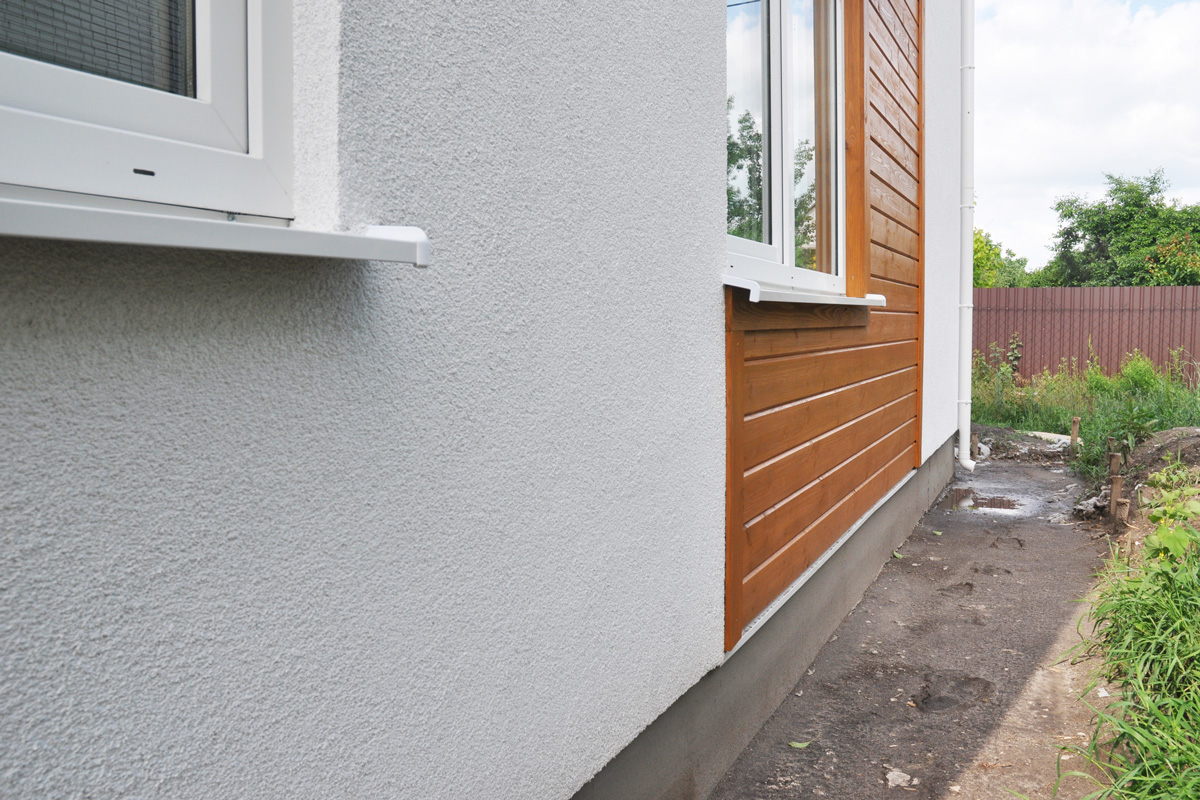
We may include affiliate links and curated AI content to highlight top design styles.
Sealing the gap between your siding and foundation is relatively easy, but it can be more challenging the larger the gaps are. Normally, all you'll really need is a caulk gun, a sealant, and a backer rod.
However, if you're planning to paint the sealer to make it blend with the siding, you'll also need a primer solution and paint. This is optional and leaving it as it is won't make any difference.
Here is how you can seal the gap between your siding and foundation.
Clean the siding and concrete
Depending on how long the gap has been present, it most likely has accumulated a lot of dust and debris that can interrupt the sealing process.
Check for mold and mildew since it's likely that moisture has been trapped and has grown bacteria.
One way you can get rid of them is simply by spraying the gap with a strong cleaning agent or at least a soap solution made with equal parts soap and water.
Make sure to brush off any debris and particles to get the sealant to stick.
Cover the gap with a backer rod
Backer rods are flexible pieces of foam that create a "backing" inside a void or a gap. Their primary purpose is to control the amount of sealant applied into the gap so it doesn't spill over.
When applying a backer rod into the gap, make sure to push it back but not too deep so that it won't be able to control the sealant. Use your fingers or a stick to prod the backer rod in the right position.
Seal the gap
After installing the backing rod, you can now seal the gap using a caulk gun. If your sealer is new, just slice off the top part of the sealer, attach it to the caulk gun, and spread the sealer along the void.
It's important to seal the gap since this can prevent bigger problems later.
Leaks, infestations, and water damage can ruin your house's foundation, and simply applying a high-quality sealer already will improve your quality of life.
If the gap between your siding and foundation is too big, your best option is to get a professional to fix it. That way, fewer mistakes will be made, and you can rest assured of your house's security.
Do a second round of checking and sealing
Some holes and gaps are inconspicuous that you won't be able to spot them when you first start sealing.
Remember that even the smallest gaps can be utilized by ants and pests. This is especially important if your area is known to have serious pest infestations, so it's better to be safe and seal everything up.
Looking for small gaps can be challenging, so make sure to use a flashlight when looking for them.
Leave the sealant to dry
After sealing everything up, leave it to dry. It's better to seal your gaps when it's sunny outside. The humidity levels should also not be high, since this can affect the durability of your sealant.
Can sealers be applied at any temperature?
Make sure to check the weather forecast for the day before applying your sealer. If the temperature is below freezing, the sealer may not have enough time to dry before it contracts and breaks.
If your sealer breaks, it'll be a waste of effort, so make sure you apply the sealer in more favorable conditions so you're rest assured that it dries effectively.
Best Sealants To Use to Close Gaps
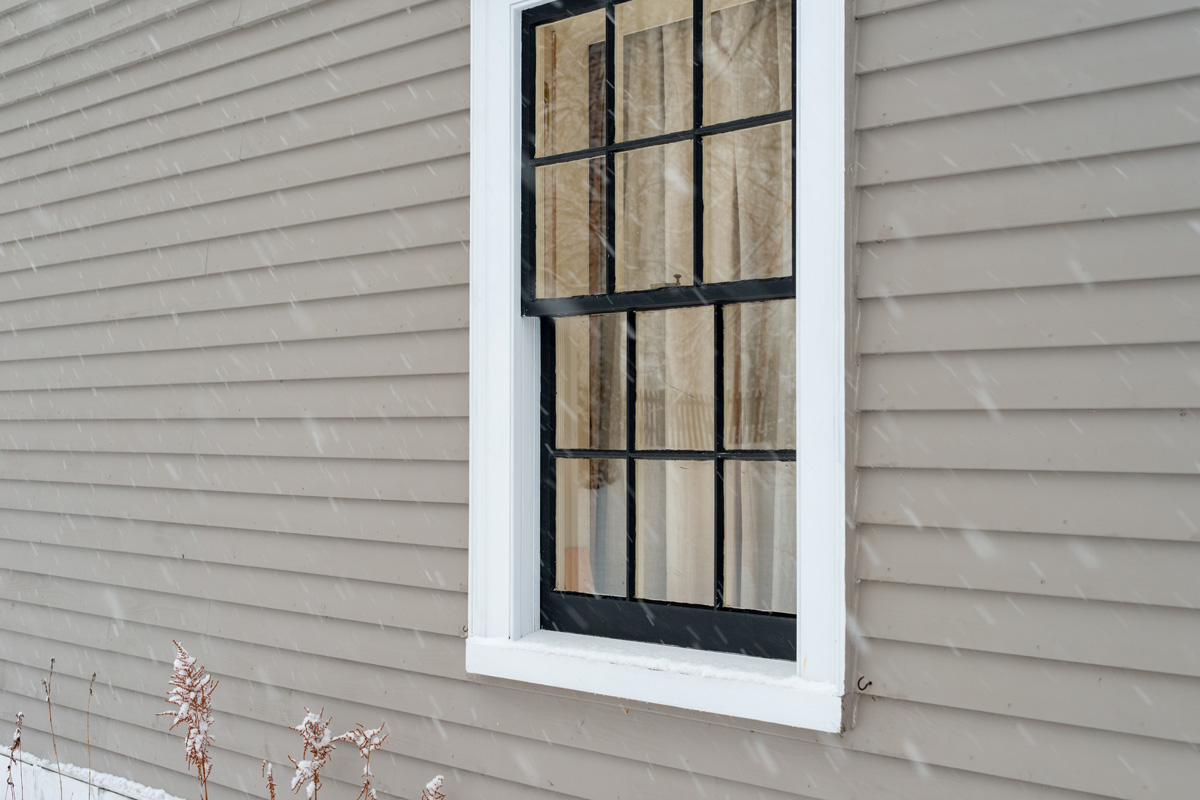
The best sealers are those that can withstand unsteady weather patterns once it's dried. It should be able to protect your foundation from water damage and harmful elements.
Here are sealants that are best used for sidings and foundations.
Read: How To Seal White Washed Wood
Silicone Sealants
![]()
Silicone sealants are one of the most popular sealants in the market. They are usually waterproof, so they are ideal to be used in the gaps on your exterior.
They are highly durable, and they can stand against unpredictable weather patterns so you can rest assured that your siding and foundation are sealed off even during rainy weather.
See this Silicone Sealant on Amazon
Acrylic Sealants
Acrylic sealants have excellent adhesion, but it's not as elastic as silicone sealants.
They are still suited for the gaps between the siding and concrete since they can withstand different temperature ranges, so they will be able to protect your exterior.
However, one downside is that acrylic sealants have high shrinkage, so you may have to apply a second layer to make it fully secure.
Polyurethane Sealants
Polyurethane sealants are UV-resistant and can tolerate about 25% of the movement, so they are more elastic than acrylic sealants. They are typically used in buildings, but you can also use them to seal gaps in your exterior.
Caulk vs. Sealant -- What's the difference?
Caulks and sealants are often changed interchangeably. Technically, they have the same function, but one may be better than the other depending on what your priority is.
Sealant
Sealants are more elastic, making them ideal to be applied to materials that may expand or contract because of the weather. Sealants are often silicone-based, so they are smoother to use.
Caulk
Caulks are less flexible, so they may not be ideal on materials that can be affected by temperature fluctuations.
Caulk is also paintable, so if you want the seal to blend into the material, using caulk may be for you since you can paint over it.
Caulk is made with acrylic or latex, so it can be more rigid than sealants.
Strongest Sidings for your House
Installing reliable sidings in the first place will do wonders in protecting your home from harmful elements. You should choose one that can't easily be penetrated by pests, can withstand moisture well, and can last for a long time.
Besides functionality, you'd also want to consider aesthetic versatility. Choose one that will elevate the look of your home so that it can improve your exterior both in form and function.
Here are sidings that you may want to consider installing.
Read: What Color To Paint Porch Ceiling? [7 Awesome Ideas!]
Fiber Cement Siding
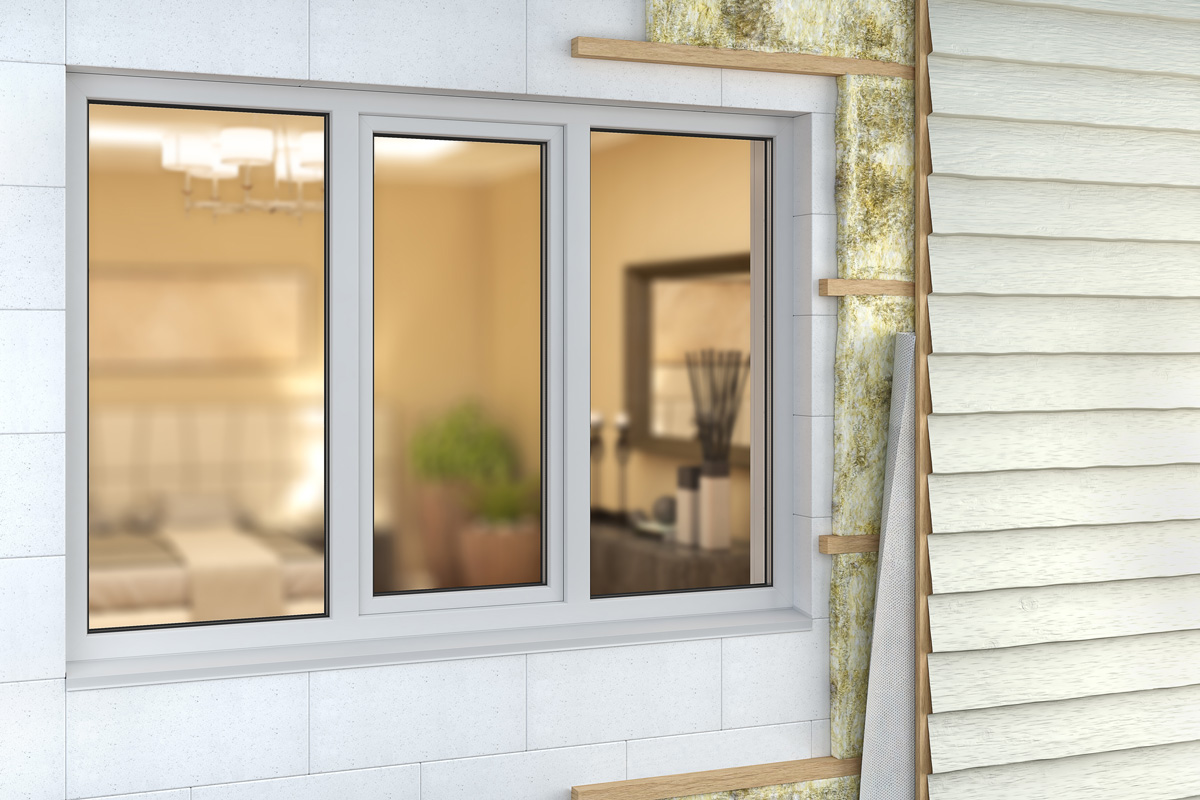
Fiber cement sidings are excellent in preventing pests from coming into your house. As long as all the gaps are sealed, the material is virtually impenetrable.
They are relatively low-maintenance and fire-resistant, so you won't have to fuss over them too much.
Vinyl Siding
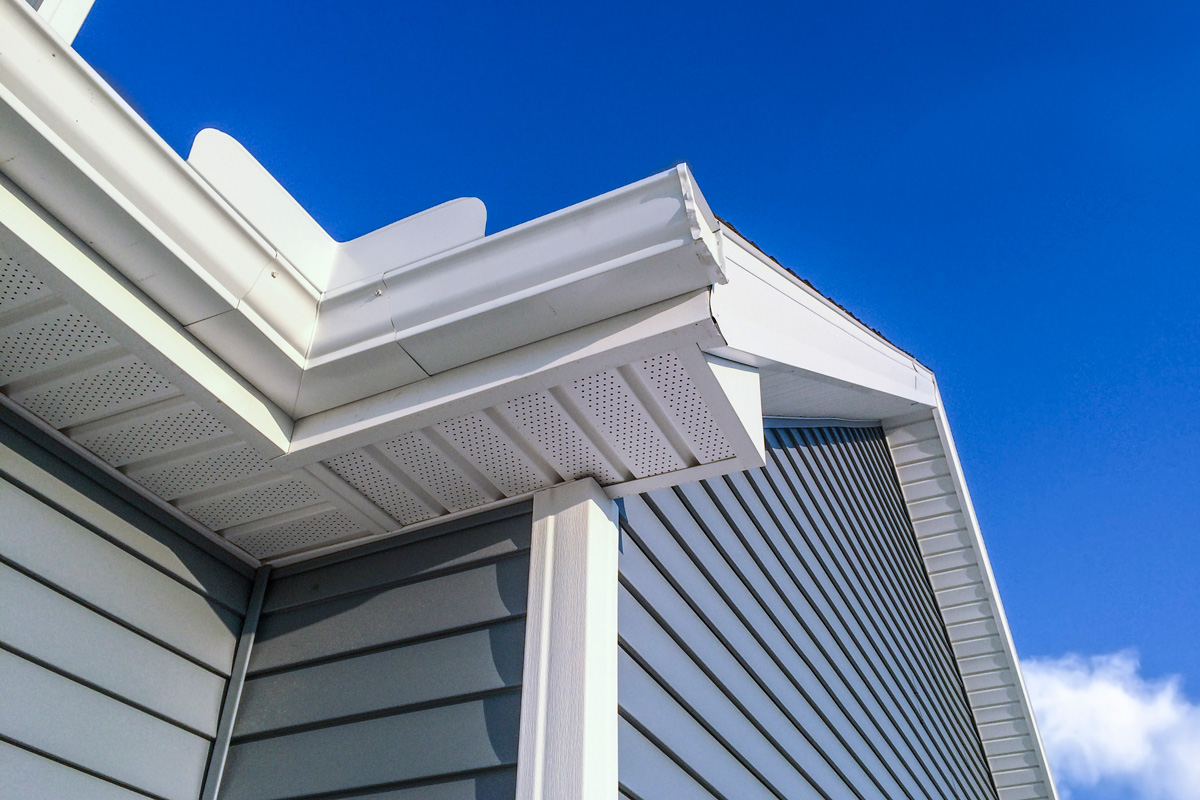
Vinyl siding are not just aesthetically pleasing, they are also highly functional.
They are a more affordable alternative, although you need to make sure that the siding and foundation are sealed shut to prevent water damage.
Stone Veneer or Stone siding
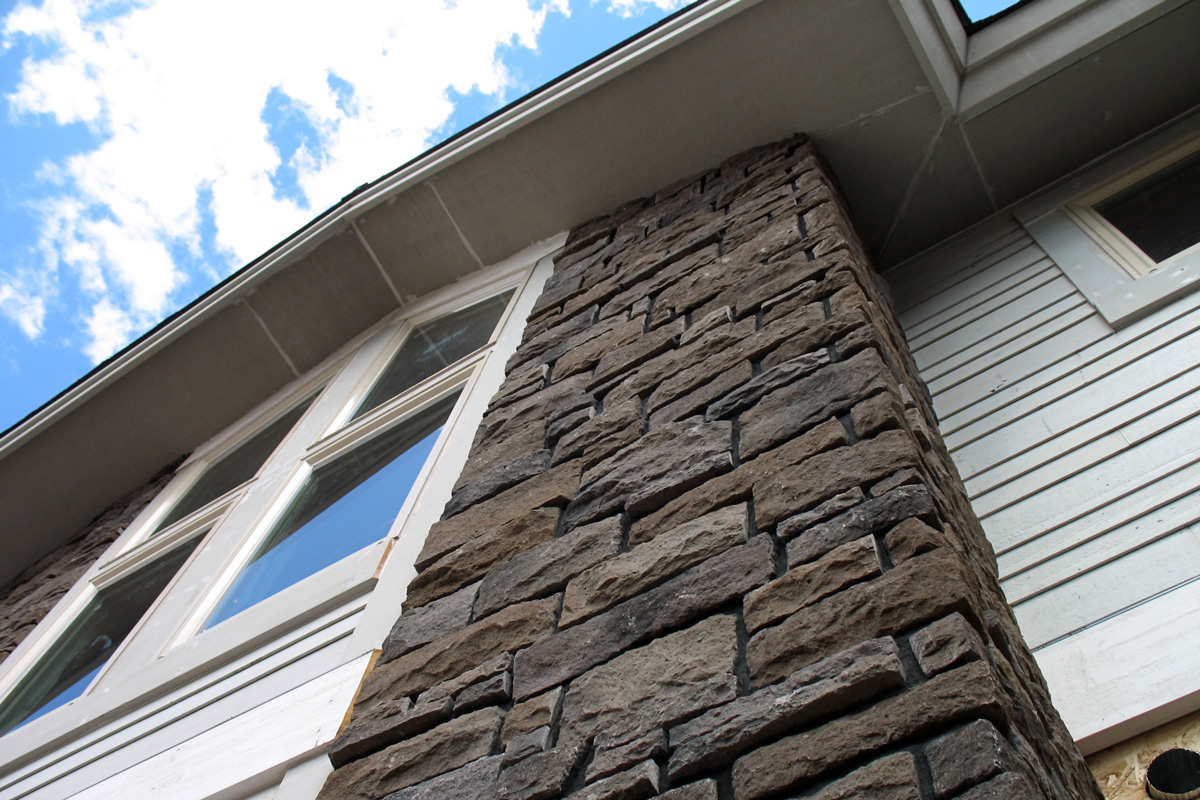
Stone sidings give off a rustic feel, and they are as functional as they are beautiful.
They are long-lasting, typically having a lifespan of up to 75 years. They are highly sustainable and can protect your home from harmful elements.
Stone veneers are lighter, but they are also durable. They are a less expensive alternative and have the same appeal as authentic stone sidings.
Final Thoughts
Protecting your house from outside elements is essential to giving you a better quality of life. Make sure to choose a sealer that is compatible with your foundation, siding, and weather conditions to avoid worse problems later on.





